VeiledRescuer
Member
Hello!! Meet Star, our newest wild caught rescue. We received her on Friday October 22 and noticed right away she is likely female and possibly Gravid. Eek!!!
We recently and sadly lost our first female rescue after she dropped 27 eggs. That’s another thread tho.
We have moved Star to her new cage with a lay bin and plenty of hiding spots. Since she’s wild we have no idea how far she is in gestation or how old she is etc.
I’m posting to confirm our suspicions that she is in fact a she, and that she is Gravid.


For those wondering, all 27 eggs are healthy and fertile. We will see how many go full term.
We recently and sadly lost our first female rescue after she dropped 27 eggs. That’s another thread tho.
We have moved Star to her new cage with a lay bin and plenty of hiding spots. Since she’s wild we have no idea how far she is in gestation or how old she is etc.
I’m posting to confirm our suspicions that she is in fact a she, and that she is Gravid.
For those wondering, all 27 eggs are healthy and fertile. We will see how many go full term.
Attachments
-
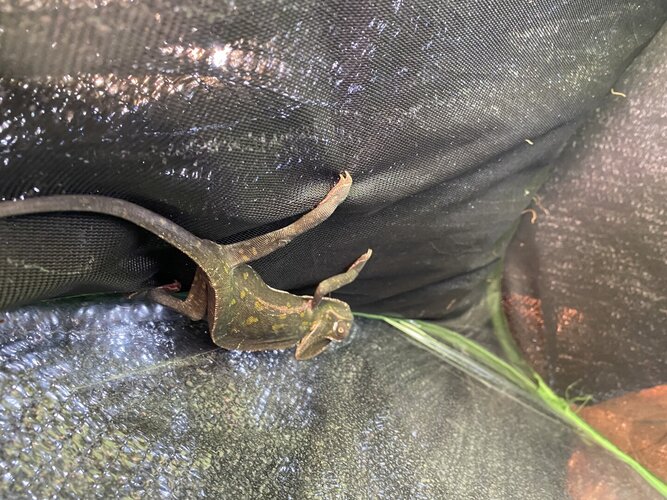 C41E0517-E8A5-40EF-AD55-F3E6D517A044.jpeg413.3 KB · Views: 153
C41E0517-E8A5-40EF-AD55-F3E6D517A044.jpeg413.3 KB · Views: 153 -
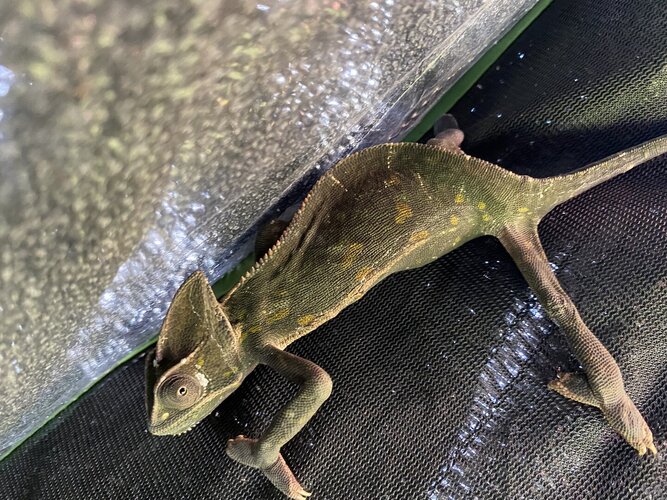 5DE8B771-8F7F-47E9-B831-28D71356193E.jpeg480.4 KB · Views: 147
5DE8B771-8F7F-47E9-B831-28D71356193E.jpeg480.4 KB · Views: 147 -
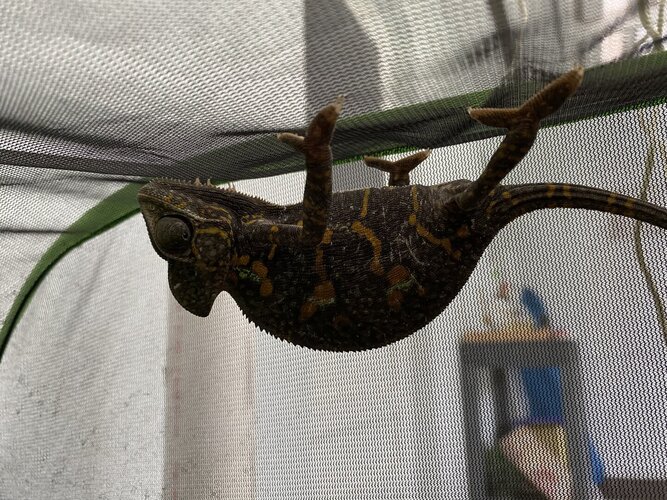 94A39545-F51B-4E96-9BD5-A6BF1BA37E2D.jpeg597 KB · Views: 159
94A39545-F51B-4E96-9BD5-A6BF1BA37E2D.jpeg597 KB · Views: 159 -
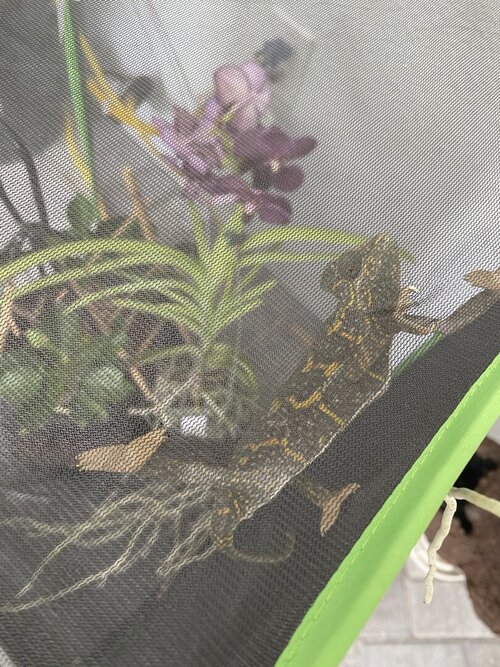 219AFAD0-F4C9-4906-AB4D-C8CD7721F52B.jpeg325.2 KB · Views: 160
219AFAD0-F4C9-4906-AB4D-C8CD7721F52B.jpeg325.2 KB · Views: 160 -
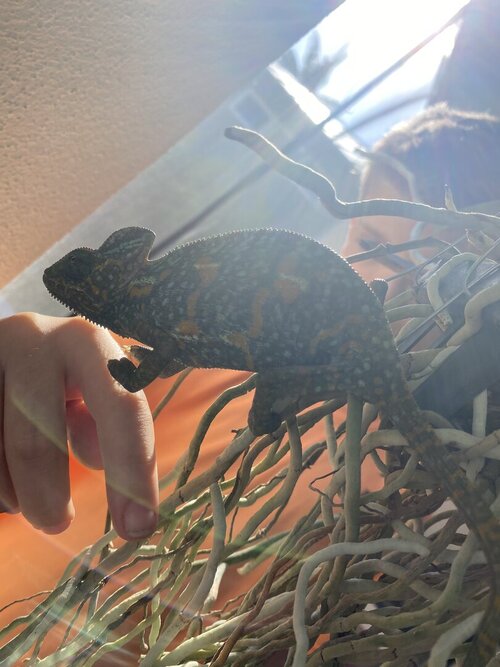 4C110AFF-F43D-47D0-A8DE-EF4801503E6B.jpeg125.8 KB · Views: 157
4C110AFF-F43D-47D0-A8DE-EF4801503E6B.jpeg125.8 KB · Views: 157 -
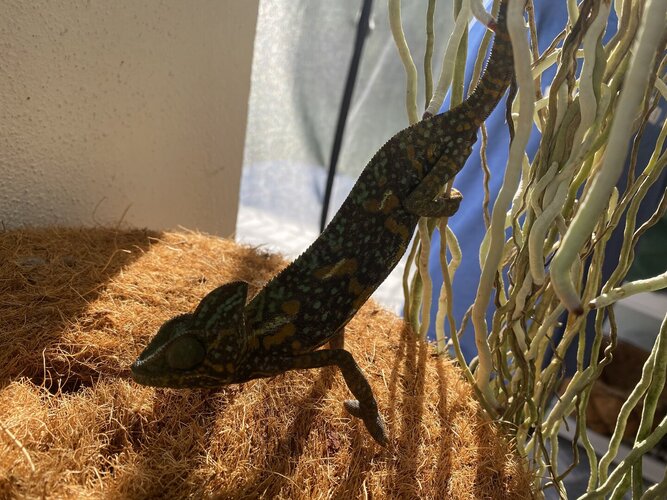 C878886C-BBD8-4DAF-BFAA-85837A9FDF43.jpeg372.1 KB · Views: 145
C878886C-BBD8-4DAF-BFAA-85837A9FDF43.jpeg372.1 KB · Views: 145 -
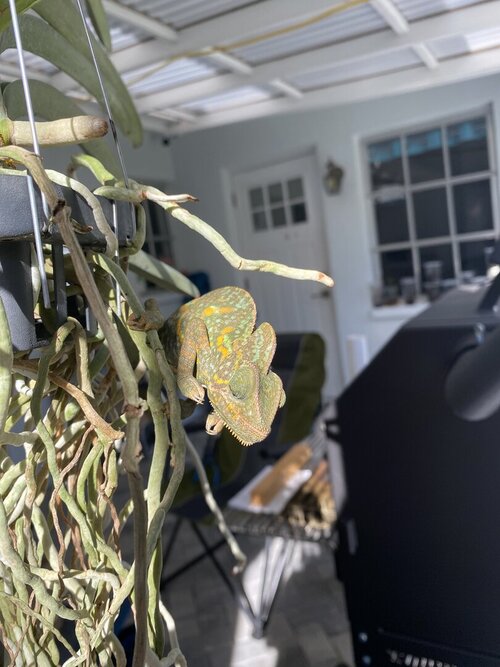 6D01FB0F-787F-4595-A042-0135C409B5D8.jpeg141.5 KB · Views: 142
6D01FB0F-787F-4595-A042-0135C409B5D8.jpeg141.5 KB · Views: 142 -
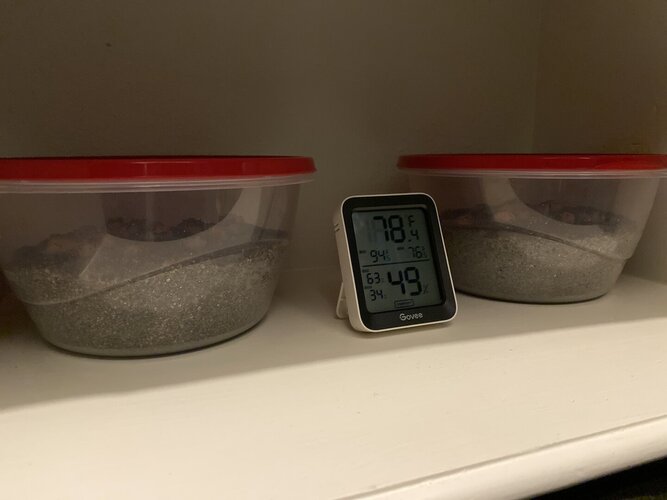 image.jpg119.6 KB · Views: 172
image.jpg119.6 KB · Views: 172
